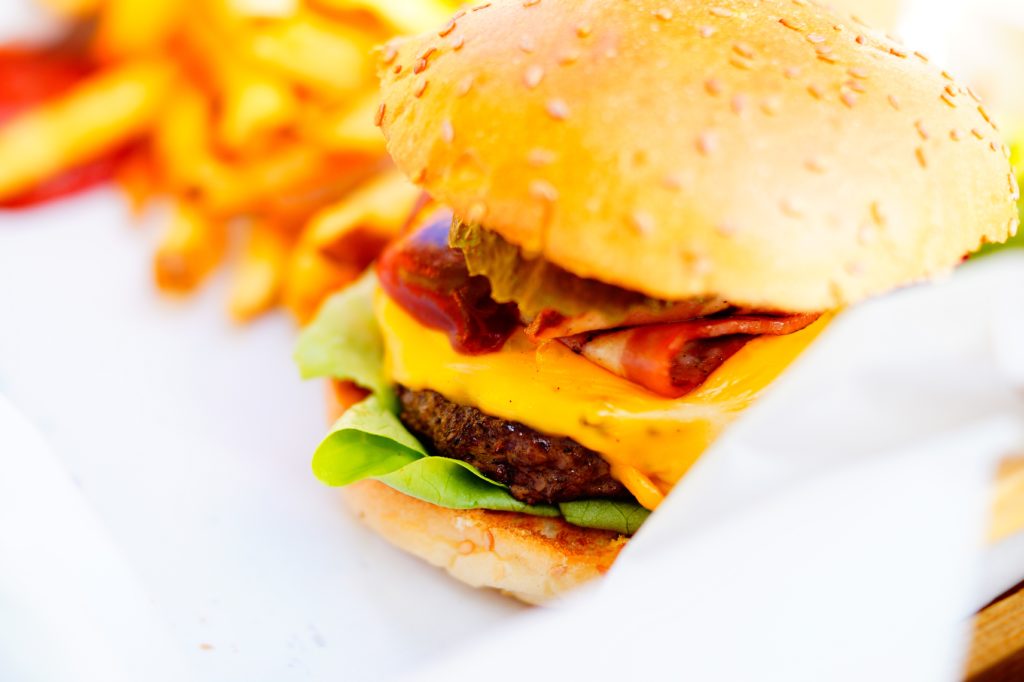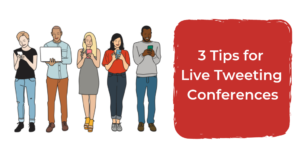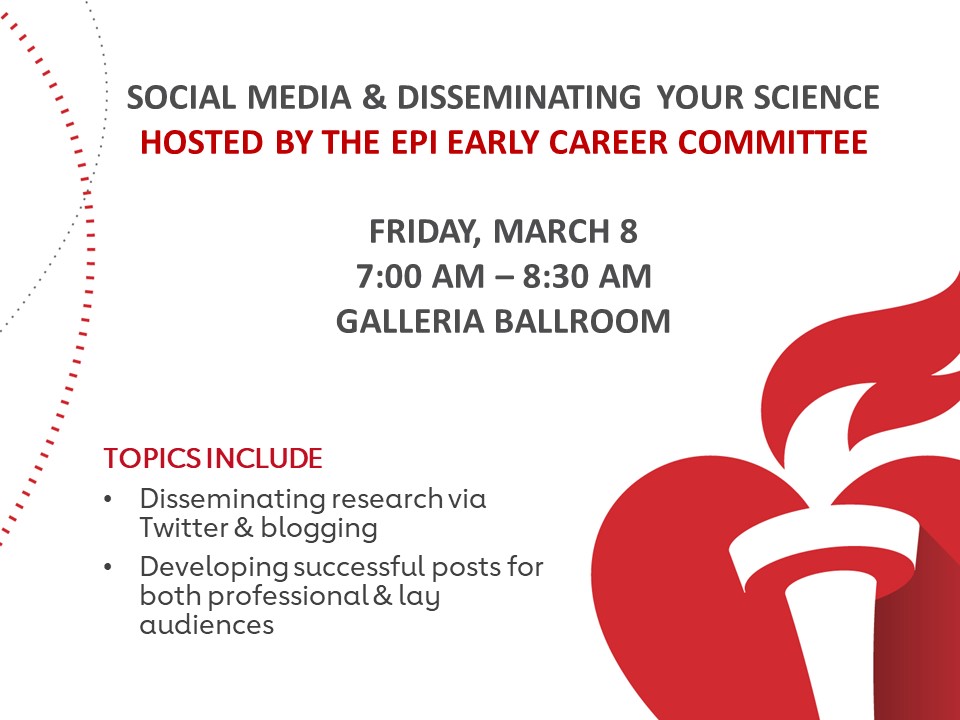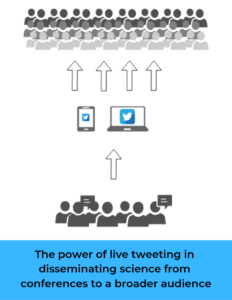Engaging in the Conversation of Science: Its Time for You to Take an Active Role
Every day, headlines scream about cures, causes of disease, and questionable scientific advances. While many health reporters work hard to get the science right and translate it into something digestible for the public, they are still subject to pressures that can lead to less than precise articles. And once a scientific paper or abstract finds its way on to social media, the “facts” can be distorted into something barely resembling the original results, leaving scientists and the authors of the paper cringing. Given the speed of information-sharing today and the resulting imprecision, NOW is the time for all scientists (including early career scientists) to actively engage the lay public in the conversation of science through all means possible – even social media.
This was the topic of the early morning, early career presentation Bailey DeBarmore and I gave at the 2019 AHA EPI Lifestyle Scientific Sessions. To be honest, using social media to disseminate my science was definitely not something I learned in graduate school. In fact, my first exposure to blogging was through the TV character Barney Stinson, and for most of the past 15 years, I thought blogging was typically superficial and shameless. However, recently I have seen (and used) its immense power to share my own science. These experiences convinced me that social media may be one of the powerful tools we have to actively engaging and shaping in the conversation of science.
 Whether or not scientists should blog has been hotly debated. In 2018, Eryn Brown and Chris Woolston published a persuasive article on why science blogging matters in Nature. They list a number of benefits to blogging including furthering one’s career, recruiting more bright minds to science, creating a new community of scientists, and it can further the reach and understanding of science (by both the public and often by the scientist herself). Those are significant reasons to write a science blog. But, if you’re someone like me and didn’t really understand what blogging was, you may be wondering how to start. There are several ways to get started writing science blogs:
Whether or not scientists should blog has been hotly debated. In 2018, Eryn Brown and Chris Woolston published a persuasive article on why science blogging matters in Nature. They list a number of benefits to blogging including furthering one’s career, recruiting more bright minds to science, creating a new community of scientists, and it can further the reach and understanding of science (by both the public and often by the scientist herself). Those are significant reasons to write a science blog. But, if you’re someone like me and didn’t really understand what blogging was, you may be wondering how to start. There are several ways to get started writing science blogs:
- Write your own. Brown and Woolston mention a several blogs started by scientists including Small Pond Science. This is a viable option, and there are a number of books and companies ready to help anyone start to blog for a fee. However, it can be a lot of work. Not only will you have to create the content, you will need to create and maintain the website, as well. Depending on your experience with website creation, you may not want this to be your first foray into science blogging.
- Work with your professional organization. Many professional organizations including the American Heart Association, The American College of Sports Medicine, and the American Society for Nutrition have active blogs. And all blogs need one thing to stay relevant – content. As professional organizations have recognized the power of social media and blogging to advance their noble goals, they have increasingly worked with their members to help develop and promote accurate, timely, and engaging blogs. Some, like the American Heart Association and the American Society for Nutrition, have formal programs that provide both the blogging platform and training to help improve the quality and reach of the blog. (See links above to learn more about these great programs)
- Collaborate with your journal editors. Increasingly, journals are offering authors the opportunity to create video abstracts, blogs, and podcasts on their accepted manuscripts. While it may seem like one more tedious or abstract thing to do, these can be highly engaging mediums on which to share your work. After all, if you’ve just spent years working on a research study that has somehow been condensed to 8 single-spaced pages, don’t you want that paper to have the maximal amount of impact?
Hopefully by now you’re convinced that that science blogging can be a helpful tool and want to see how you can test it out yourself. But science bloggers are [often] not paid, and if something is going to take away from your teaching, patient care, grant writing and manuscript writing time, then there needs to be a way to derive academic benefit from it. We need metrics – specifically metrics that your promotion and tenure committee can appreciate. So I’ll conclude with a couple of tips for benefiting from blog writing.
- Put your blogs on your CV. Edge for Scholars has great advice for how to cite a blog post on your CV (note they also publish some great early career academic blogs, as well).
- Get your analytics (page views, geographic reach of your blog, number of times shared) and use them. You can include your analytics in your CV and also use them to highlight the reach of your science and your national and international impact on your 3- and 5- reviews.
If you like this blog or have any questions, let me know. I’d also love for you to share some of your science blogs with me on twitter at @AllisonWebelPhD and tell me how they helped you better engage in the conversation of science. Happy Writing!








